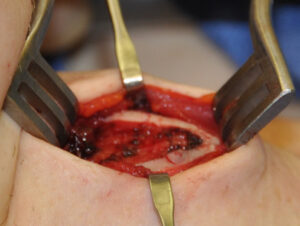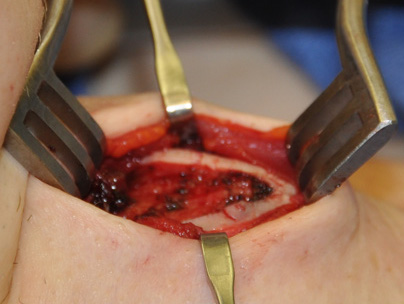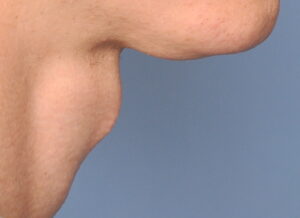
The other misconception is that chondrolaryngoplasty is performed only in transgender male to female patients. While greater numbers of these procedures are performed in this patient subset, there are cisgender men who undergo the procedures as well. Men with thunk necks and large laryngeal prominences can also feel uncomfortable with a large central neck projection with a visible thyroid notch.
In the April 2021 issue of the journal Plastic and Reconstructive Surgery an article on this topic was published entitled ‘Recommened Maximum Laryngeal Prominence Size in Adult Females: A Cross-Sectional Study Proposing a Laryngeal Size Standard for Chondrolaryngoplasty in Male-to-Female Transgender Individuals’. In this paper the authors studied the laryngeal prominences in cisgender men and women age 18 to 60 years of age without prior neck surgery or radiation with three dimensional scanning. The prominence was assessed in the mid-sagittal plane in the lateral view. Of the early 70 patient studied the laryngeal size was larger in males than in females. A much higher number of men had laryngeal prominences greater than 0 than women. No women had a laryngeal prominence greater than 2mms.
This is the first study which provides numerical assessment of what has always been known…men have greater laryngeal prominences than women. Their results indicated that the laryngeal prominence should be no greater than 2mm for females. Any greater laryngeal prominence should be considered for reduction in the male to female transgender patient.

Dr. Barry Eppley
Indianapolis, Indiana





